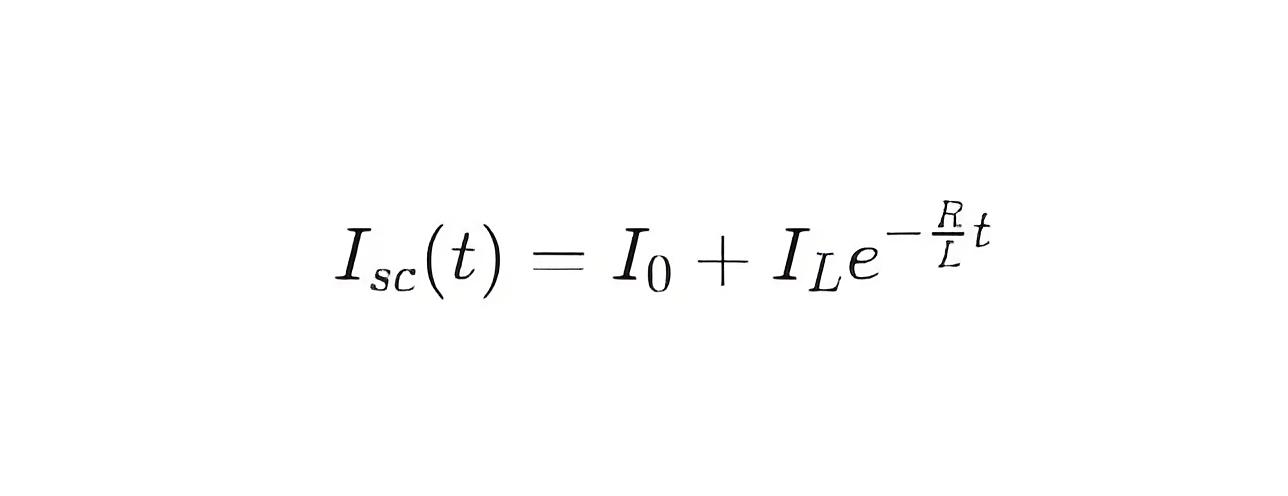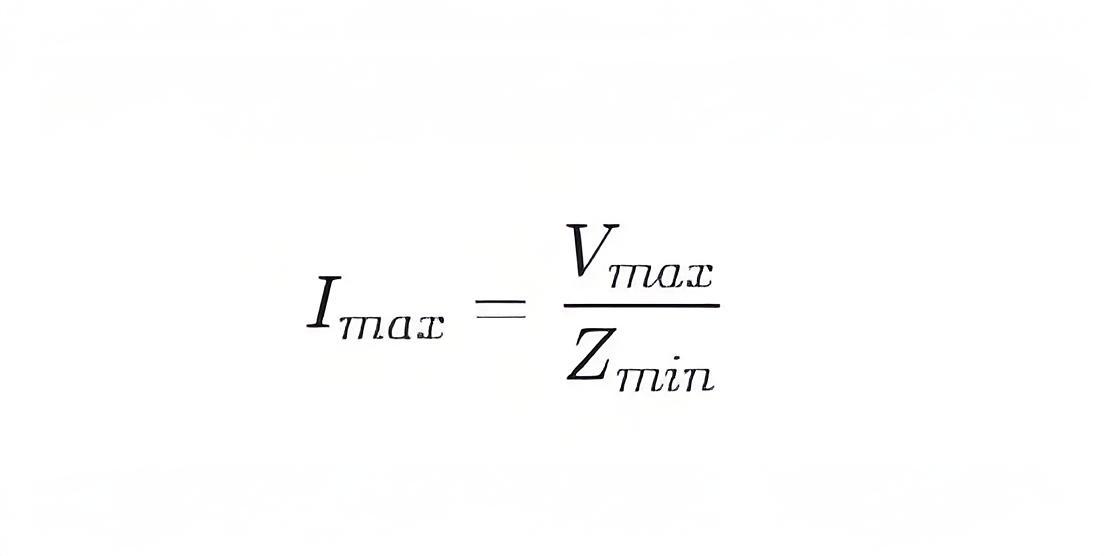What is the difference between short-circuit current and maximum fault current in RL circuits?
Differences Between Short-Circuit Current and Maximum Fault Current in RL Circuits
In power systems and circuit analysis, short-circuit current and maximum fault current are two important concepts that describe different aspects of circuit behavior during faults. Here are the detailed differences:
1. Short-Circuit Current
Definition
Short-Circuit Current refers to the current that flows through the short-circuit point when a short circuit occurs in the circuit. A short circuit typically happens when a part of the circuit is accidentally directly connected to ground or another phase, causing a sudden increase in current.
Characteristics
Transient Response: Short-circuit current often includes transient and steady-state components. The transient component is caused by the inductance and capacitance in the circuit and decays over time. The steady-state component is the current in the stable state after the short circuit.
Calculation Method: Short-circuit current is usually calculated using Kirchhoff's laws and circuit theory. For simple RL circuits, complex impedance and phasor methods can be used.
Impact: Short-circuit current can cause overheating of devices in the circuit, blowing of fuses, tripping of circuit breakers, and even fires.
2. Maximum Fault Current
Definition
Maximum Fault Current refers to the highest possible current that can flow through the circuit during a fault under the most adverse conditions. This typically occurs when the system impedance is at its minimum, such as a short circuit near the power source.
Characteristics
Extreme Condition: Maximum fault current considers the most extreme scenarios in the system, i.e., the fault current when the system impedance is the smallest and the power supply voltage is the highest.
Calculation Method: Maximum fault current is usually calculated based on the impedance of the weakest link in the system and the rated capacity of the power source. In complex systems, precise calculations may require simulation software.
Impact: Maximum fault current is used to evaluate whether the protection devices (such as fuses and circuit breakers) can withstand the most severe fault conditions. If the protection devices cannot handle the maximum fault current, they may be damaged or the system may fail.
Summary of Differences
Definition:
Short-Circuit Current: The current that flows through the short-circuit point when a short circuit occurs.
Maximum Fault Current: The highest possible current that can flow during a fault under the most adverse conditions.
Scope:
Short-Circuit Current: Specific to a particular short-circuit event.
Maximum Fault Current: Considers all possible fault scenarios to find the maximum current value.
Calculation Method:
Short-Circuit Current: Uses circuit theory and complex impedance for calculation.
Maximum Fault Current: Based on the impedance of the weakest link in the system and the rated capacity of the power source.
Usage:
Short-Circuit Current: Used to assess the impact of specific short-circuit events on the circuit, such as device selection and protection.
Maximum Fault Current: Used to evaluate the capability of the system's protection devices to ensure safe operation under the most severe fault conditions.
Example
Consider a simple RL circuit with a power supply voltage V, inductance L, and resistance R.
Short-Circuit Current: When a short circuit occurs, the short-circuit current Isc can be expressed as:

where I0 is the initial current and IL is the steady-state current.
Maximum Fault Current: Under the most adverse conditions, assuming the system impedance is at its minimum and the power supply voltage is at its highest, the maximum fault current Imax can be expressed as:

where V max is the maximum voltage of the power supply and
Zmin is the minimum impedance of the system.
Conclusion
Both short-circuit current and maximum fault current are important parameters for assessing the behavior of circuits during faults, but they focus on different aspects. Short-circuit current focuses on specific short-circuit events, while maximum fault current focuses on the most extreme fault conditions to ensure the safety and reliability of the system. I hope this helps you better understand these two concepts. If you have any further questions, feel free to ask.
The Electricity Encyclopedia is dedicated to accelerating the dissemination and application of electricity knowledge and adding impetus to the development and innovation of the electricity industry.













